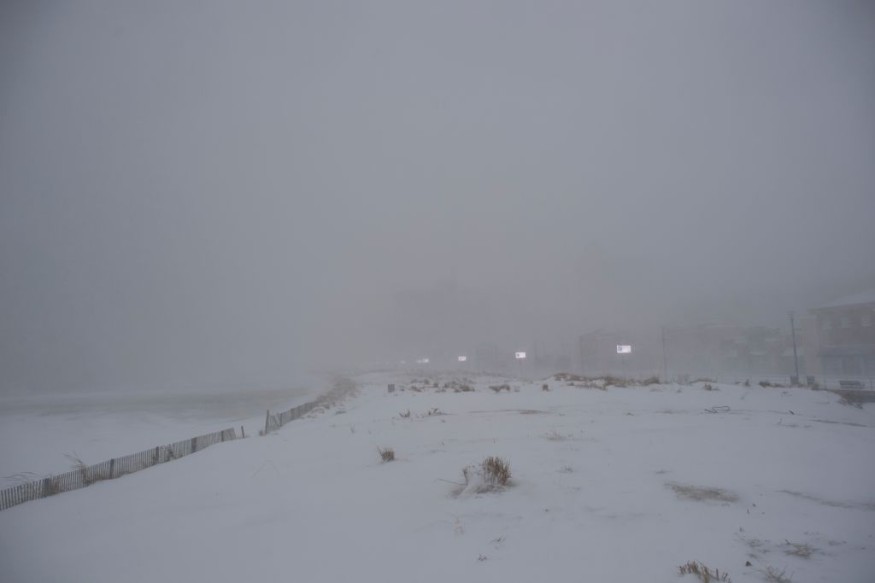
Is there a mystery train connection from World War I buried in the Atlantic Coast? It's not exactly a suspense fiction storyline, yet more a genuine find made across a beachfront in Cape May, New Jersey, in the aftermath of a strong maritime hurricane the other week.
Coastal Storms Reveal Century-Old "Ghost Tracks"
In an interview with the witness, Liz Goldsmith, she claimed that she was strolling down the shoreline towards Sunset and Higbee Bay late Tuesday when the water - spurred by the storm, beach flooding, and the regular tidal waves - exposed one of the location's most unique treasures.
The traces, apparently stretch prior to the beginning of twentieth century, were discovered for the initial moment in more than 80 years in 2014 and have been disclosed by various meteorological occurrences in annual terms, along with a pair of hurricanes in 2018.
As per NJ.com, the rails, dubbed as ghost tracks, have been used to assist dune extraction and World War I weapons research. From 1905 through 1936, the Cape May Sand Company utilized the railways to take gravel from the shore and transform it into glasses or concrete.
Forensic anthropologist Ben Miller told NJ.com in 2017 that cement made from gravels moved over the railroads contributed to the construction of the Panama Canal. Experts state that the discovery resembles the discovery of gems. As all of a sudden, they're present, and what was once simply a beautiful beach that you strolled along has become simply a doorway to the history.
Matthew Malkiewicz, electronics engineer with a secondary source of income shooting coal locomotives, claims to have been among the first to notice the phantom lines when they appeared years ago.
Malkiewics informed the media that in early 2014 he was told that there are few of the trails around in Cape may resurface after 8 decades and then the following day, on a tidal cycle, I hurried over there and was at daybreak to get those initial images.
The tidal waves that slammed the shore of New Jersey at the beginning of the other week enabled Goldsmith's 2022 finding of the route conceivable.
What Happened in the New Jersey Shore
The floods not merely dumped heavy amount of rainfall and delivered strong gusty winds, but they significantly heightened fears regarding coastal damage in the vicinity. Vast quantities of aggregates were pushed aside from sites all around the zone, notably Sunset and Higbee Beach.
According to 6abc, the destruction was more serious further north in North Wildwood, notably around 7th Avenue and JFK Beach Drive, where the whole bioluminescent bay and all of its restoration material was swallowed up.
"This resulted in considerable saltwater intrusion for portions of South Jersey's seashores, such as the collapse of shorelines, which in some instances transformed into sheer mountains," AccuWeather Senior Meteorologist Tom Kines said.
Coastal erosion influenced the coastline southward into the Carolinas.
Unlike the typical snowstorms on the East Coast, this blizzard battered the coastline for many nights, when a nor'easter generally only creates issues for 2 days, "since the breeze continued blowing in the identical pattern for several days, the surges became larger over time while pounding the same coastline time after time.
Related article : Midwest Droughts are Coming On More Quickly Than Before
© 2025 NatureWorldNews.com All rights reserved. Do not reproduce without permission.





